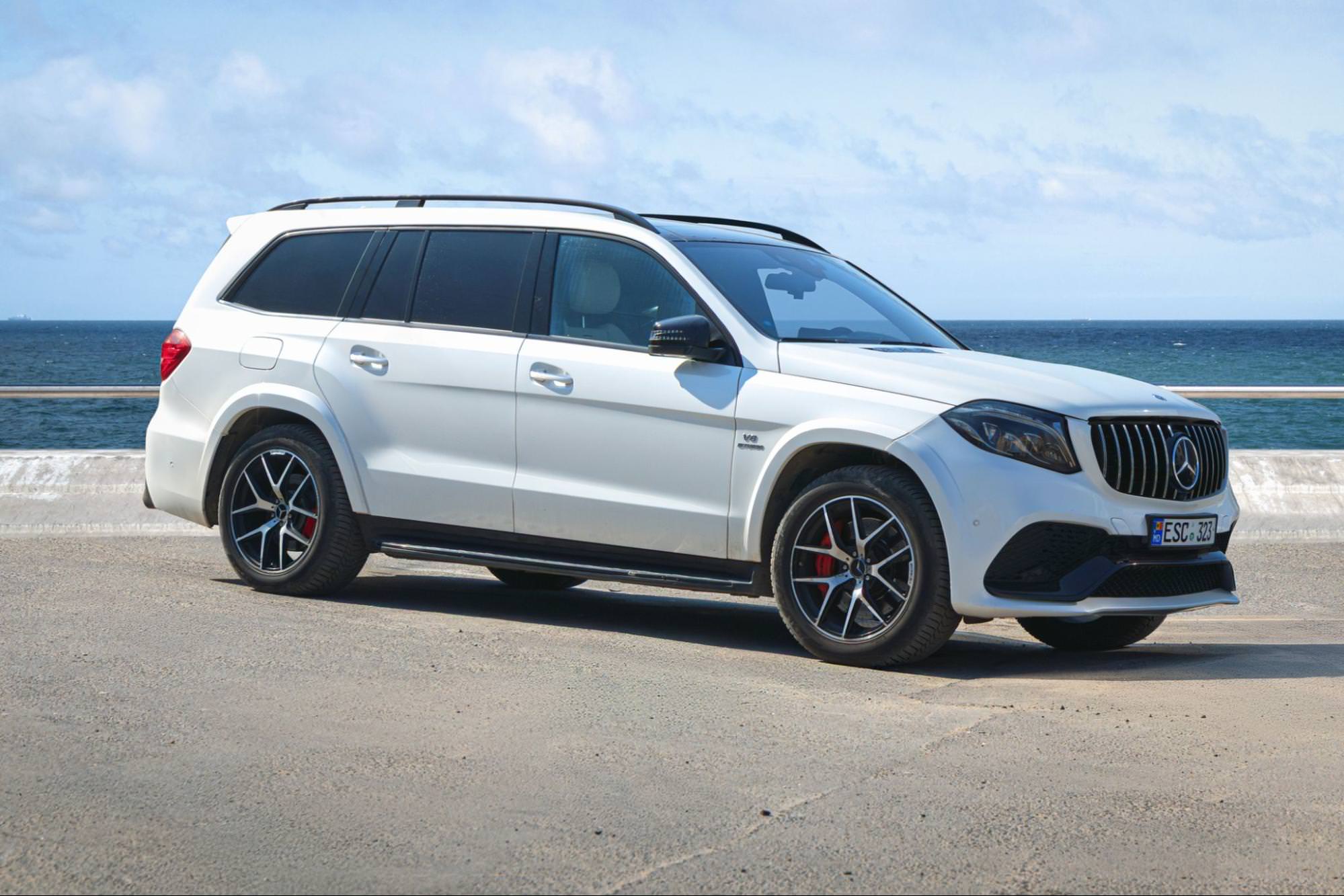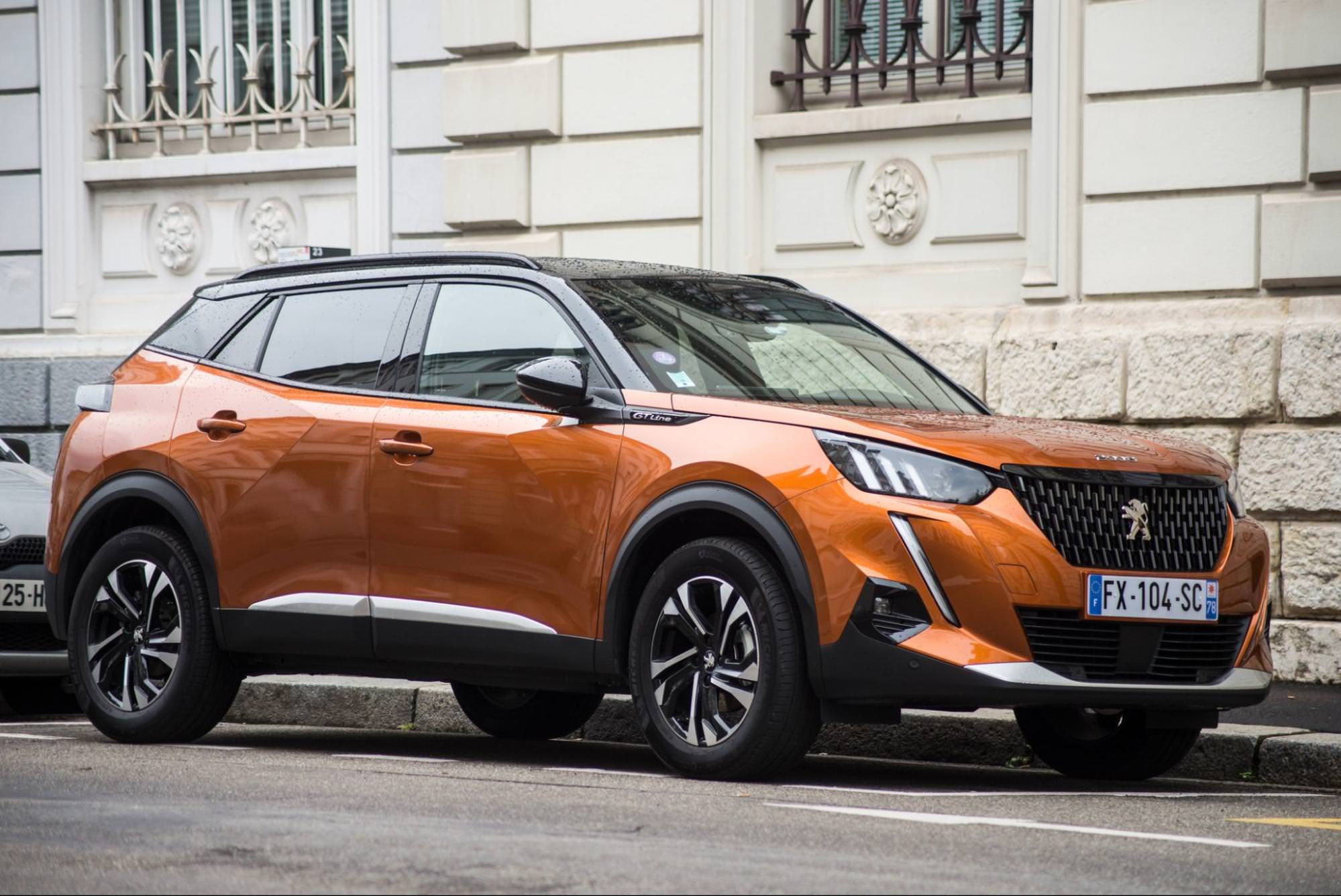- Blog
- Regional Demand Shifts: Are SUVs Losing Value and Popularity in Southern Europe?
Regional Demand Shifts: Are SUVs Losing Value and Popularity in Southern Europe?
Find out if SUVs are holding value in Southern Europe. Explore sales trends, customer preferences, and what used car dealers should stock in 2025.

SUVs have become one of the most popular vehicle types in Europe over the past decade, and especially in recent years. But, what’s happening with their value, considering the shifts in the used car market?
Many traders are asking that question as they’re trying to determine if SUVs are losing value.
To help you make the best decisions for your dealership, we’ll take a closer look at what’s really happening with used SUV prices, demand, and customer preferences in Italy, Spain, Portugal, Greece, and Croatia.
We’ll also explore the future of SUV sales, and what that means for your sourcing strategy in 2025 and 2026.
SUV market overview in Southern Europe in 2023-2024
SUVs remain an increasing segment of the European used car market, South Europe included. They accounted for 56% of the used car market in 2024 and are projected to grow at 13% annually from 2024 to 2029.
General data like that is helpful for understanding the big picture. However, if you’re dealing in used cars, you’ll be more interested in new car sales from previous years, as those are the vehicles that are now starting to show up on the used market.
Let’s see the top performers by county.

Volkswagen T-Roc
Italy
SUVs in Italy are still fairly popular, but smaller, more affordable vehicles and eco-friendly alternatives are starting to take a bigger share of the market.
Still, some SUV models are doing really well in sales, according to Focus2Move. The Toyota Yaris Cross was the 4th best-selling car in Italy in 2023, with 34,954 units sold.
The same year, Volkswagen T-Roc grew by 31.6% compared to the year earlier.
The Dacia Duster also saw positive movement, selling 30,143 units.

Peugeot 2008
Portugal
SUVs are in high demand in Portugal, even as electric vehicles continue to gain market share.
In 2024, Peugeot 2008 stood out as the 2nd best-selling car in the country, with 7,520 units sold, which is up 11.1% from the year before.
The Dacia Duster followed with strong results too, growing by 24.8% year-over-year.
Nissan Juke had a massive 138% increase in sales, and that placed it in the top ten best sellers.

Dacia Sandero
Spain
SUVs have maintained a strong presence in Spain, and several models achieved strong sales figures in 2024.
The Dacia Sandero led the market in 2024, recording 32,992 units sold.
Hyundai Tucson also performed well, becoming the fourth best seller of the year with sales higher by 13.1% compared to the previous year.
Additionally, the MG ZS ranked 5th with 20,386 units sold, reflecting a 2.9% growth.

Peugeot 3008
Greece
SUVs haven’t performed as strongly in Greece compared to other Southern European markets, and the top-sellers list by Focus2Move reflects that.
In 2022, the Peugeot 3008 made it to 5th place with 2,606 units sold, which was a solid 29.7% increase from the year before.
Toyota C-HR also made the top 10, but its sales dropped by 26.8%, ending the year with 2,148 units.
While there’s still interest in certain SUV models, the overall demand appears weaker than in Italy, Spain, or Portugal. That’s something to keep in mind when planning your stock for the Greek market.

Volkswagen T-Cross
Croatia
SUVs have been gaining popularity in Croatia.
In 2024, the Volkswagen T-Cross was the second best-selling vehicle in the country, with 2,335 units sold.
Suzuki Vitara was also a popular choice, placing third with 2,038 sales.
Another SUV that entered the market was MG ZS, showing that the country is reflecting broader European trends.
Economic conditions in Southern Europe and impact on used car market
Now that you’ve seen strong performers in the years 2022–2024, it’s time to look at what that means for the current used car market.
Strong new SUV sales from 2022 to 2024 mean more of these vehicles will start entering the used market now and over the next few years.
At the same time, local economies are playing a big role. Countries like Spain and Portugal are recovering well after the pandemic, which helps keep car demand stable. But inflation and higher interest rates still make buyers cautious, especially private ones.
That’s why well-priced used cars, like smaller SUVs, are an attractive option across the region.
For traders, reading the market right is crucial. If you know what’s coming into the used pipeline and what local buyers can afford, you’ll be in a stronger position in 2025.
Are SUVs depreciating faster?
Now, let’s get an important question out of the way. As a trader choosing which vehicles to stock, you’re probably considering depreciation and the resale value of these cars.
While all vehicles experience depreciation, SUVs often retain their value better than other car types.
So, stocking SUVs means that you can promise your buyers that their cars will stay valuable for years to come.
Customer preference trends in Southern Europe
More than half (54%) of new registrations in Europe were SUVs, which shows just how strong this segment has become.
But to really understand customer preferences, you need to look at which types of SUVs people are actually buying.
Out of all SUVs sold, 42% were compact SUVs (C-SUVs), followed by smaller models (B-SUVs), which held a 36% market share.
These numbers show a preference for more practical models, and that’s a piece of information that can help your dealership choose the right stock.

Crit’Air stickers in France
How emission regulations and EV growth are shaping SUV demand
Low Emission Zones (LEZs) are expanding across European cities. Each country has its own way of identifying and regulating vehicle emissions, so you’ll find DGT environmental labels in Spain, and CRIT’ Air stickers in France, for example.
Because of these local rules and restrictions, older, higher-emission SUVs (especially diesel models) are becoming harder to sell in urban areas, so that’s something to keep in mind when sourcing vehicles for cities like Milan, Madrid, or Lisbon.
In line with that, the demand for EVs is growing.
In 2024, BEVs made up 13.6% of the European market, while hybrids climbed to 30.9%, and a big part of that shift includes SUVs. More and more manufacturers are rolling out electric and hybrid SUVs, especially in compact and mid-size formats, to match what buyers are actually looking for.
What does this mean for you?
Well, you can start focusing on newer, low-emission SUVs, especially hybrids and EVs, as they’ll be easier to sell. Also, keep an eye on Low Emission Zone rules and the growing number of electric SUV models to stay ahead in the market.
Will SUVs remain in high-demand in 2025 and 2026?
Ready for some big figures?
According to MarketsAndMarkets, the SUV market is projected to reach 53 million units by 2030, growing at a compound annual growth rate (CAGR) of 4.4% from 2024.
For dealers in Southern Europe, that’s a clear signal that SUVs will likely stay in demand in the next few years. Buyers still want the comfort, space, and flexibility that these vehicles offer.
Should you adjust your car sourcing strategy?
If you’re trading in Southern Europe, now’s a good time to rethink your sourcing strategy.
SUVs are still in demand, but buyers are paying more attention to emissions and running costs. That’s why newer, low-emission models are a safer long-term bet.
At the same time, many of the most popular SUVs sold in 2022 and 2023 are now starting to enter the used market. If they’re in good condition and meet local emissions standards, they can be great additions to your stock!
Blogul eCarsTrade prezintă liste și clasamente realizate cu atenție, cu:
_01JE9WH8CRTMG3B3WDH56WNJHD.png)

